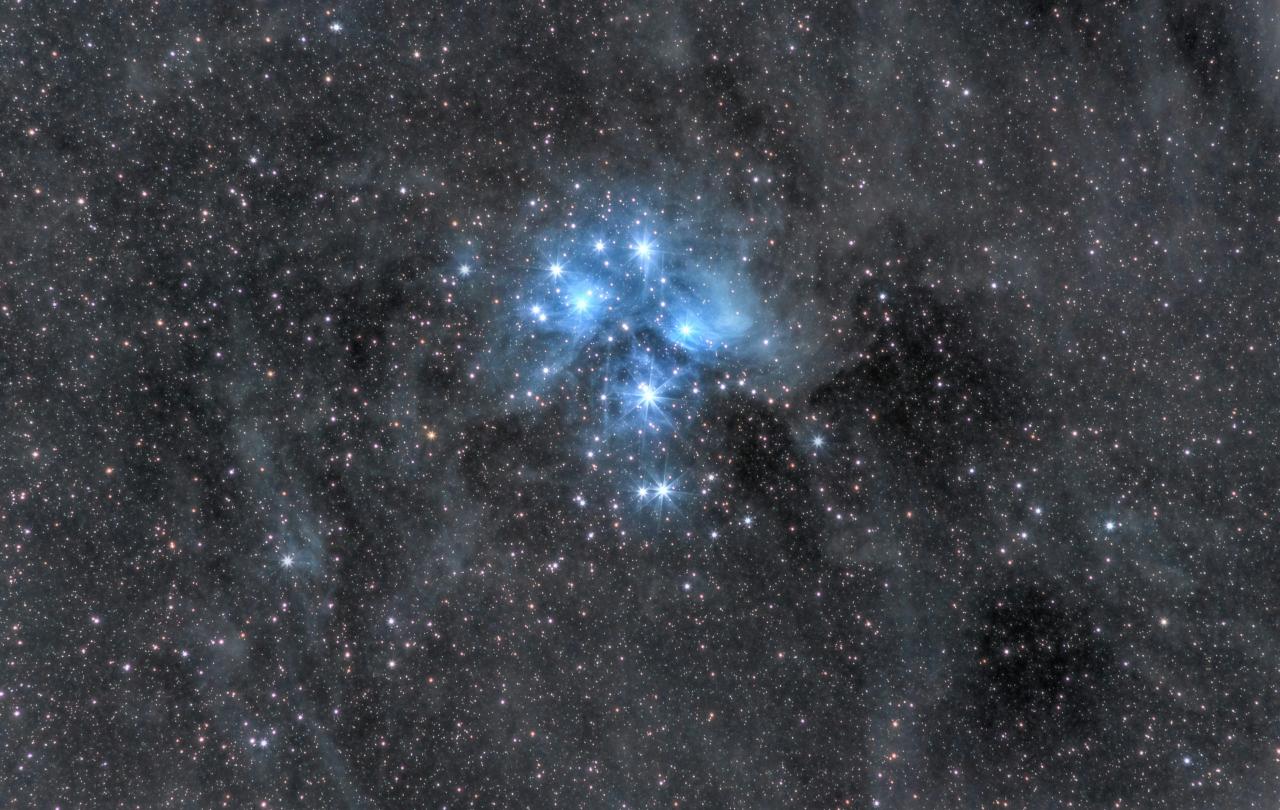
2025 marks the 1700th anniversary of ratification of a statement, a form of which the Church continues to say to this day. Around the world, Christian community's are responding to this landmark by thinking again about the content of that statement and also about its form: a creed.
The Church is not a source of truth. The Church might confess that which is true, but truth is not its possession to do with as it pleases. Arising from Jesus’ comments in John 14.6 the Christian tradition has thought of truth in an inflected way. If truth is primarily caught up with the person of Jesus Christ, then truth is something more fundamental than the Church. The Church has its ground in the truth rather than the truth having its ground in the Church.
A creed is an expression of belief that this is the state of affairs. More than that, it is a statement of the commitment of oneself of this state of affairs. To say a creed is an existential act, a decision, for this. It is a decision for that which we did not create and over which we have no control. Beyond even that, it is a decision which we did not even make! It was a decision made by Christians before us who determined this and not that.
It is hard to think of an act that is less compliant with a ‘modern’ human spirit. If Immanuel Kant was right that enlightenment is humanity’s ‘emergence from his [sic] self-incurred immaturity’, with this immaturity defined as ‘the inability to use one’s own understanding without the guidance of another’, then the practice of confessing a truth we have not personally determined is analogous to never quite advancing beyond a dummy and pram.
Closer to home, the creeds speak in manner that won’t always align with our experience. There is a truth that is more fundamental even than what I induce to be true based on the particular thrownness of my being. On a mode of cultural analysis that is particularly attentive to power, this could be seen as hegemonic. The creeds are tools of establishing a common apprehension across tribes and tongues. A common adherence to truth that is basic (as in non-derivative) and universal irrespective of the particularity of experience.
Beyond that, the claims that the creeds make may not be seen to be true. Experience may, in fact, trend in a different direction. The world with all its problems and pains may not appear to be the creation of an almighty and benevolent Lord. The Spirit who is Lord and giver or life may not appear to be breathing new vitality of the age to come into the present. The Church may not always appear to be one and holy.
Why then, creeds?
That what we have and know is that which we have received is baked in to the very nature of the Christian claim to know something about God rather than nothing.
At that time Jesus said,
“I praise you, Father, Lord of heaven and earth, because you have hidden these things from the wise and learned, and revealed them to little children. Yes, Father, for this is what you were pleased to do. “All things have been committed to me by my Father. No one knows the Son except the Father, and no one knows the Father except the Son and those to whom the Son chooses to reveal him.
To know God is not something grounded in ourselves. God the Son has become a human and known the Father as one of us and for all of us. It is on the strength of his confession of God as Father that we confess God as Father.
The continuous and repeated practice of reciting the creed reminds us that the possibility of speaking about God and the work of God is not a human possibility. It is a possibility for us based on the given event of God’s speech to us. We attend to that which is given. It is an act of faith through which we return again and again to the Word of God as the Church has received it.
To find out more about the McDonald Agape Nicaea Project being held by St. Mellitus College in London, come and join the public lectures, or look out for other Nicene celebrations in 2025.
Participants will hear from some of the world’s leading scholars on various issues related to Nicaea, including Professor Khaled Anatolios, Dr. Beverly Roberts Gaventa, Professor Ilaria Ramelli, Professor Bruce McCormack, Dr. Willie James Jennings, and many more.
A significant part of the Nicaea conference in 2025 will be a call for papers, expanding dialogue on the topic and hearing from a wide array of voices.
For more information or to register for these events, you can visit the Nicaea Project website





